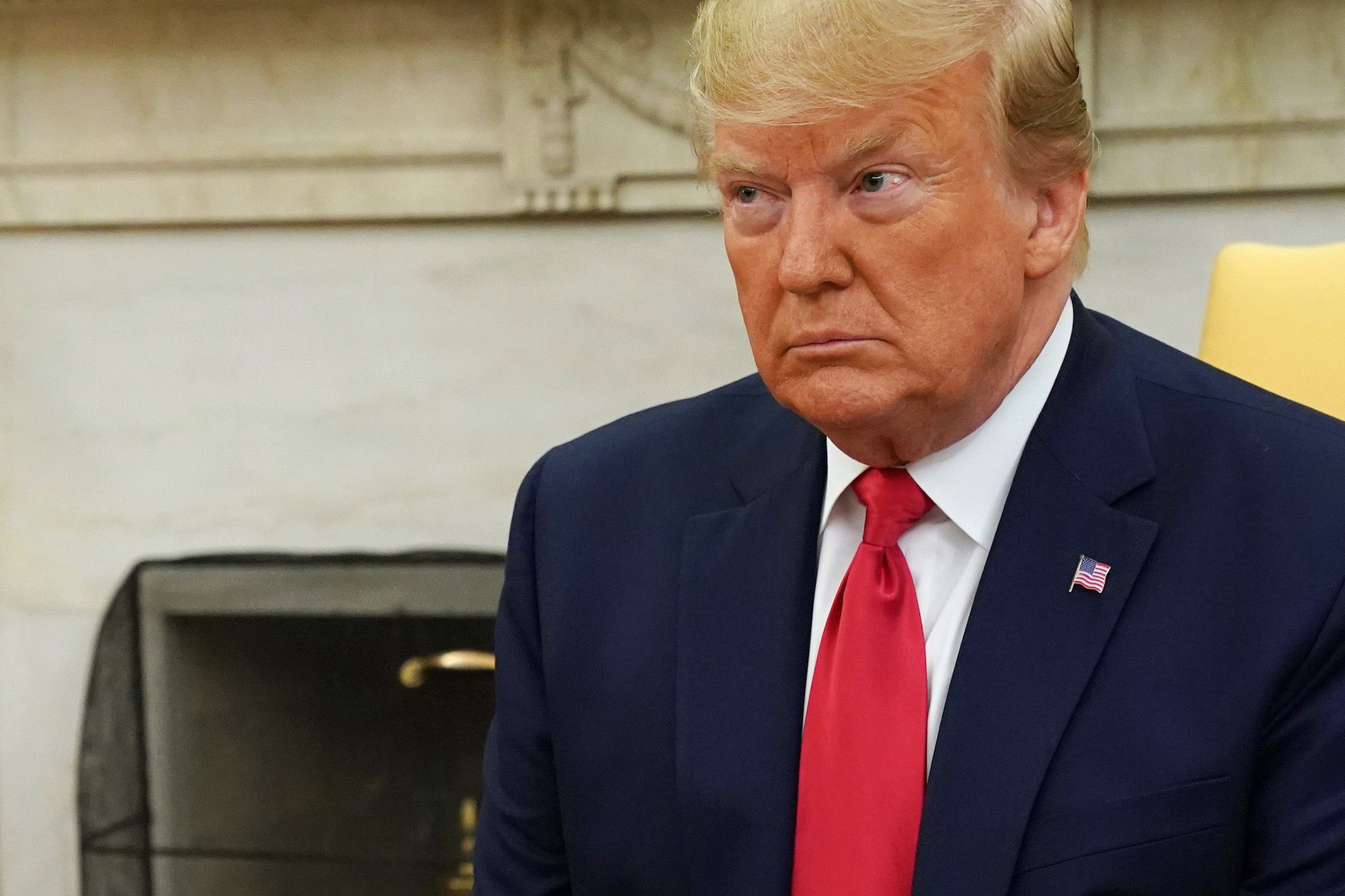President Donald Trump is walking a political and economic tightrope as he pushes for a multitrillion-dollar tax break plan that faces mounting scrutiny from Republican senators, investors, voters and even Elon Musk. At the heart of the challenge is whether the administration can convince skeptics that the proposal won’t further inflate the national debt.
Financial markets have responded warily, reflecting doubts about Trump’s ability to follow through on earlier promises to reduce deficits. Critics say the administration’s rhetoric on cutting spending hasn’t materialised, and the tax bill may lock in higher deficits for years to come.
STORY CONTINUES BELOW THIS AD
“All of this rhetoric about cutting trillions of dollars of spending has come to nothing — and the tax bill codifies that,” Michael Strain of the right-leaning American Enterprise Institute told AP. He added that concerns over the administration’s fiscal competence amplify the risks of expanding the deficit further.
More from World
The White House has been quick to push back against such criticism. Press secretary Karoline Leavitt dismissed claims that the proposal will worsen deficits, blaming them on flawed forecasts from traditional budget scorekeepers like the Congressional Budget Office.
Trump himself acknowledged the difficulty of making spending cuts while maintaining political support. “We have to get a lot of votes,” he said. “We can’t be cutting.”
That balancing act, retaining GOP unity while delivering on economic promises has left the administration banking on a surge in economic growth to counterbalance the tax reductions. However, many economists and observers are skeptical that growth alone can bridge the gap.
Even Musk, who once held an advisory role in Trump’s government efficiency initiative voiced disappointment. “The massive spending bill increases the budget deficit and undermines the work the DOGE team is doing,” he told CBS News.
According to the Committee for a Responsible Federal Budget, the combined tax and spending cuts passed by the House last month could add over $5 trillion to the national debt in the next decade, assuming they remain in place. Much like the 2017 tax cuts, many provisions are set to expire in future years to mask their long-term cost—a strategy that has left Congress grappling with difficult renewal decisions now.
STORY CONTINUES BELOW THIS AD
But unlike 2017, the fiscal environment has shifted dramatically. With total U.S. debt surpassing $36.1 trillion, borrowing costs are climbing. The interest rate on a 10-year Treasury Note is around 4.5%, up from 2.5% when Trump’s first tax package became law.
The White House Council of Economic Advisers insists that the plan will stimulate rapid economic growth. Council chair Stephen Miran projects annual GDP growth of 3.2% over the next four years—well above the CBO’s 1.9% forecast—and claims this will generate enough revenue to reduce the deficit, especially when paired with tariff proceeds.
“I do want to assure everyone that the deficit is a very significant concern for this administration,” Miran said, arguing the tax cuts would boost investment, labor participation, and domestic output without stoking inflation.
Budget director Russell Vought echoed this optimism, calling fears over fiscal impact “fundamentally untrue.”
But outside experts are far less sanguine. Many say that persistent deficits will likely keep interest rates elevated, dampening overall economic growth and raising borrowing costs for households and businesses.
STORY CONTINUES BELOW THIS AD
“This just adds to the problem future policymakers are going to face,” warned Brendan Duke, a former Biden official, noting that Congress could soon confront simultaneous fiscal dilemmas involving Social Security, M

